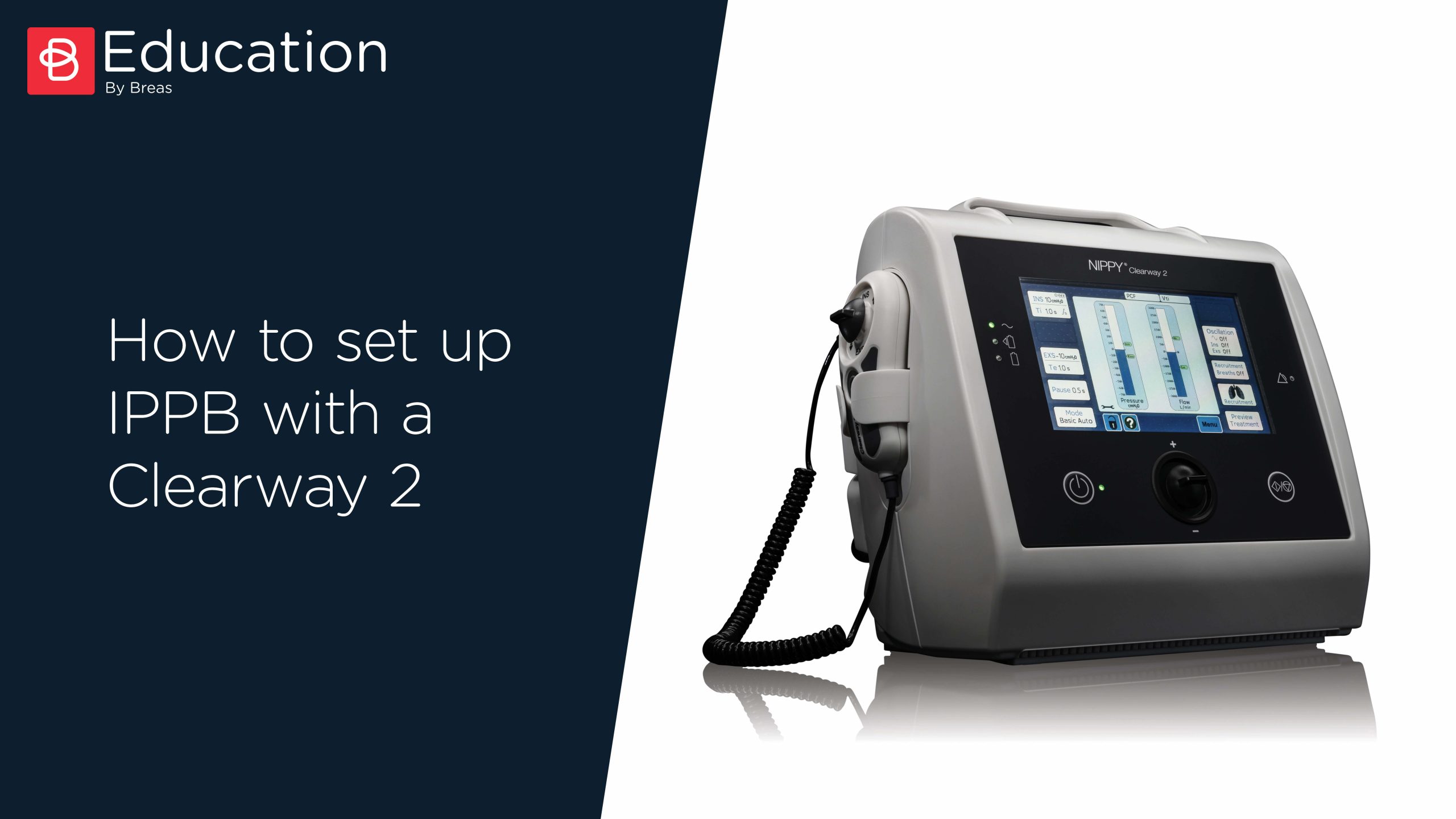Abstract
BACKGROUND:
The Nippy Clearway is a new mechanical insufflation-exsufflation device used to assist cough.
METHODS:
We compared the peak expiratory flow (PEF) with the Nippy Clearway versus the CoughAssist in a bench experiment. The relationship between PEF and pressure at the airway opening during exsufflation (minimum expiratory PAO) was investigated under 6 combinations of compliance (30 or 60 mL/cm H2O) (C30 and C60) and resistance (0, 5, or 20 cm H2O/L/s) (R0, R5, and R20) over a 25-50 cm H2O range of set P(AO). The intercepts and slopes of the linear regression performed over PEF and P(AO) relationships were compared for both devices.
RESULTS:
For the C30R0, C30R5, and C60R5 conditions, the change in both the intercepts and slopes was significant with the Nippy Clearway, compared to the CoughAssist, averaging -2.96 L/s and -0.03 L/s/cm H2O, -1.46 L/s and 0.02 L/s/cm H2O, and -1.02 L/s and -0.04 L/s/cm H2O, respectively. As a result, at any minimum expiratory P(AO), PEF was significantly greater with the Nippy Clearway. For C30R20 and C60R20, the regression lines were similar for the Nippy Clearway and CoughAssist.
CONCLUSIONS:
In this bench study, PEF with the Nippy Clearway was greater than with the CoughAssist at low respiratory-system compliance.














